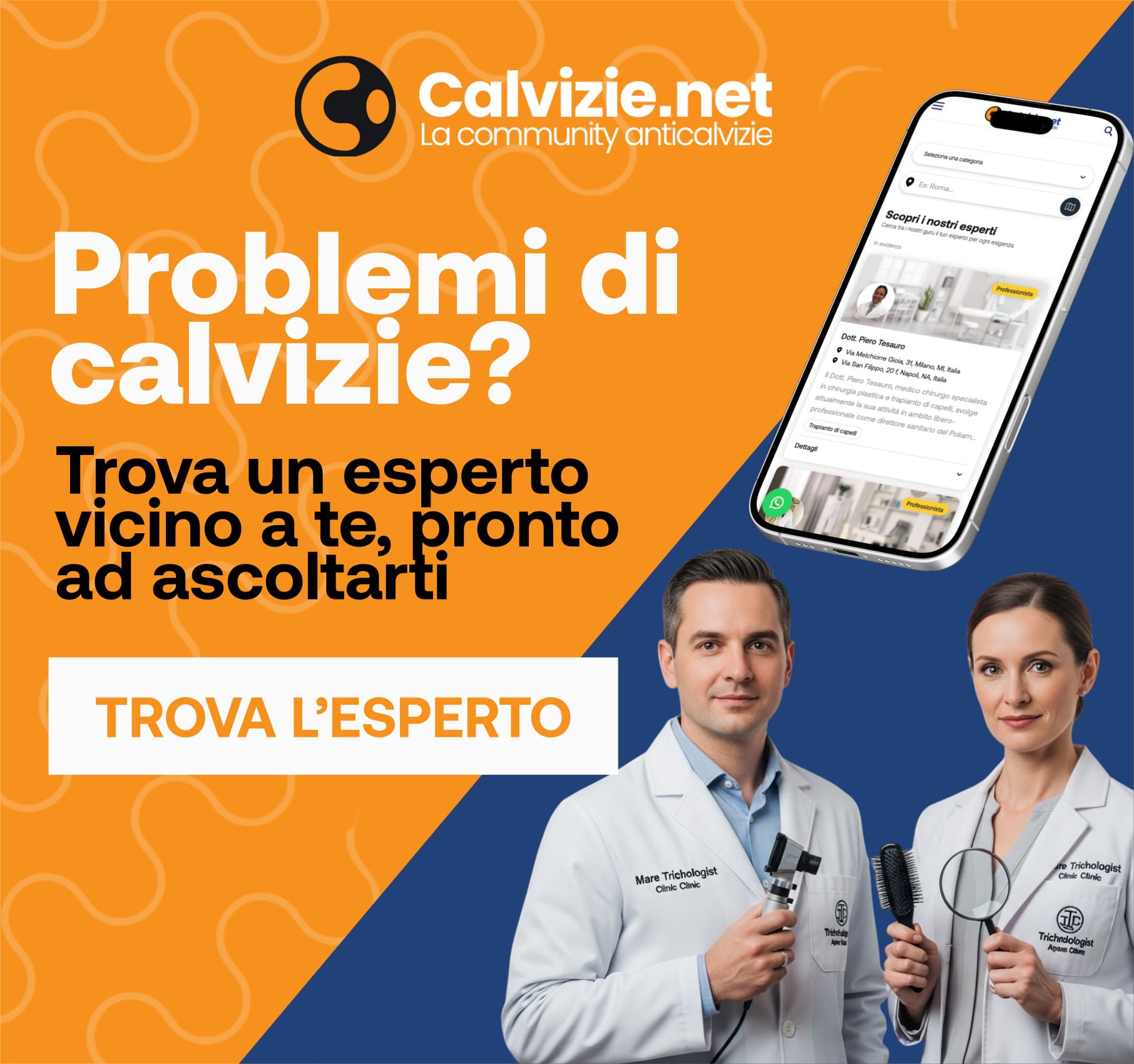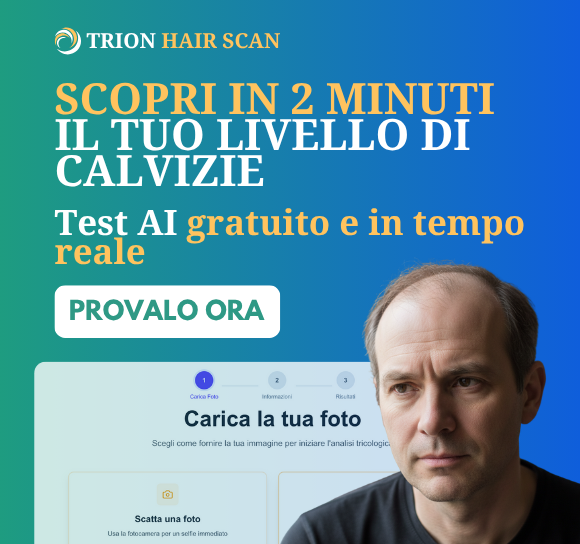Title: Equol Is a Novel Anti-Androgen that Inhibits Prostate Growth and Hormone Feedback1
Author: Trent D. Lund2,3, Daniel J. Munson3, Megan E. Haldy3, Kenneth D.R. Setchell4, Edwin D. Lephart5 and Robert J. Handa3 Department of Biomedical Sciences,3 Colorado State University, Fort Collins, Colorado 80524 Clinical Mass Spectrometry,4 Children’s Hospital Medical Center, Cincinnati, Ohio 45229 The Neuroscience Center and Department of Physiology and Developmental Biology,5 Brigham Young University, Provo, Utah 84602
Equol (7-hydroxy-3[4’hydroxyphenyl]-chroman) is the major metabolite of the phytoestrogen daidzein, one of the main isoflavones found abundantly in soybeans and soy foods. Equol may be an important biologically active molecule based on recent studies demonstrating that equol can modulate reproductive function. In this study, we examined the effects of equol on prostate growth and LH secretion and determined some of the mechanisms by which it might act. Administration of equol to intact male rats for 4?7 days reduced ventral prostate and epididymal weight and increased circulating LH levels.
Using binding assays, we determined that equol specifically binds 5-dihydrotestosterone (DHT), but not testosterone, dehydroepiandrosterone, or estrogen with high affinity. Equol does not bind the prostatic androgen receptor, and has a modest affinity for recombinant estrogen receptor (ER) ß, and no affinity for ER. In castrated male rats treated with DHT, concomitant treatment with equol blocked DHT’s trophic effects on the ventral prostate gland growth and inhibitory feedback effects on plasma LH levels without changes in circulating DHT. Therefore, equol can bind circulating DHT and sequester it from the androgen receptor, thus altering growth and physiological hormone responses that are regulated by androgens. These data suggest a novel model to explain equol’s biological properties. The significance of equol’s ability to specifically bind and sequester DHT from the androgen receptor have important ramifications in health and disease and may indicate a broad and important usage for equol in the treatment of androgen-mediated pathologies.
1 Supported in part by NIH grants AA12693 and NS39951 (R.J.H.) and USDA grant 2002-00798 (E.D.L.). 2 Correspondence: Trent D. Lund, Department of Biomedical Science, Colorado State University, Anatomy W103, 1617 Campus Delivery, Ft. Collins, CO 80523-1670. FAX: 970 491 7907; tlund@colostate.edu














